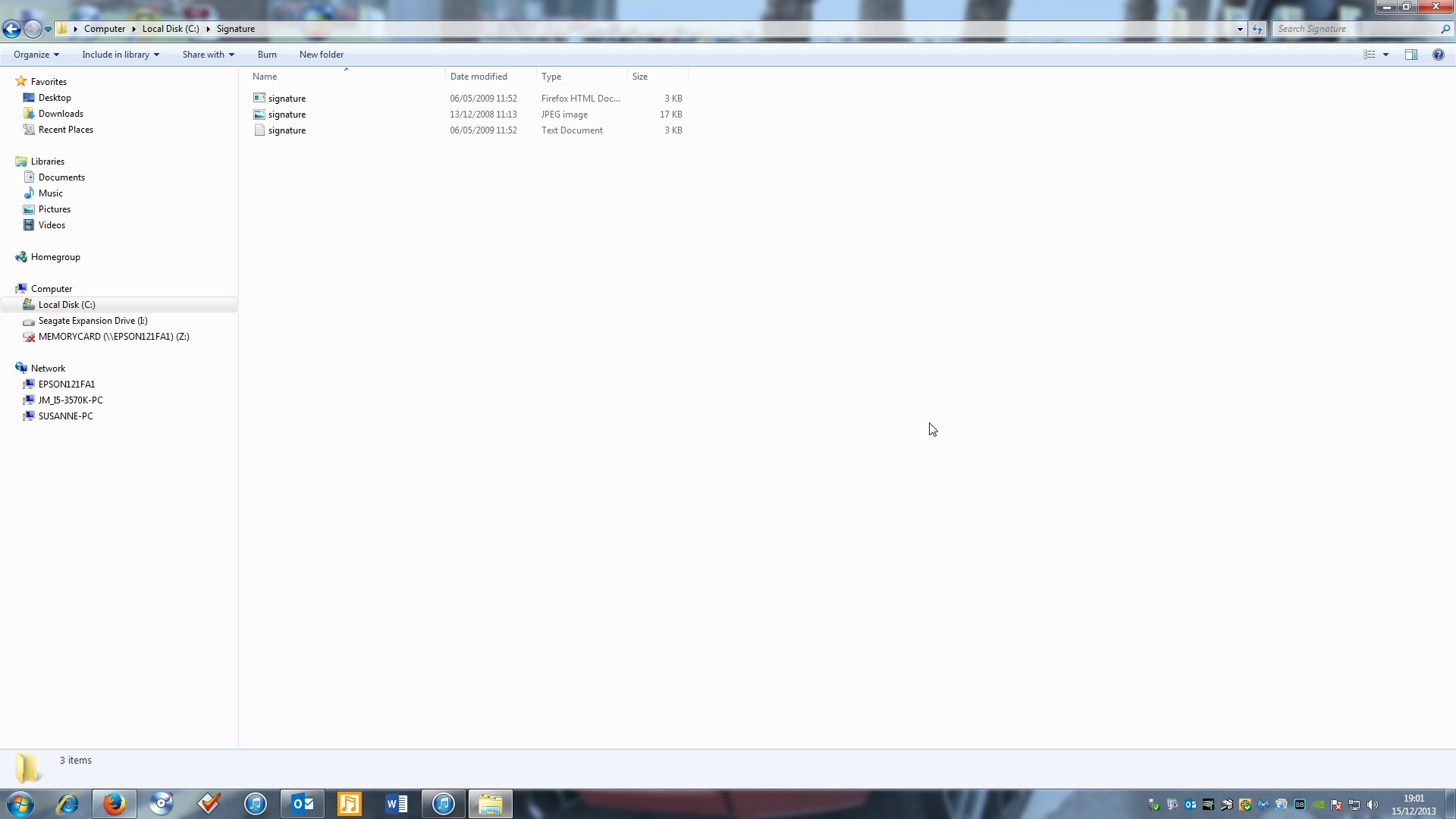

To ensure that emails display properly across most email clients, we have to use HTML tables to create the structure of an email campaign.Īlthough this has been changing recently, especially with Gmail’s major update last year, some email clients still don’t support a lot of HTML and CSS. The bad news for us is that all of those rendering engines support different HTML tags and CSS properties.īecause of this, we largely can’t use the same coding principles used in web design. Each email application has its own rendering engine which determines what code is supported and how emails are displayed. While the web and email are built on the same technologies (HTML and CSS), email applications don’t adhere to the same standards as web browsers. As we discussed in the past, email marketing campaigns require their own special coding considerations. Why we use tablesįirst, a quick refresher on why we use HTML tables for coding emails. Today, we wanted to break down some of the most common problems seen with HTML tables and give you a few tips for ensuring you don’t encounter the same problems in your own emails. Unfortunately, there is a lot that can go wrong with HTML tables. Something you may not have considered, though, is what can go wrong with the tables-the actual code-that is at the foundation of your emails. From missing images to deliverability problems, email marketing is fraught with challenges. If you’ve been in the email industry for any amount of time, you’ve likely experienced a number of problems with your email campaigns. Enterprise Plan Boost collaboration and drive results.Litmus Plus Automate testing to ensure quality.Litmus Basic Build error-free, effective emails quickly.All Plans See solutions for companies of all sizes.


 0 kommentar(er)
0 kommentar(er)
